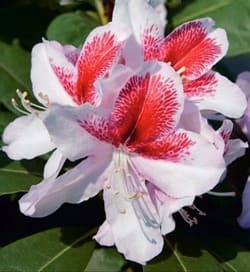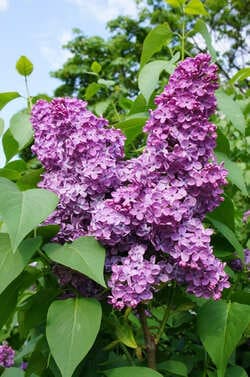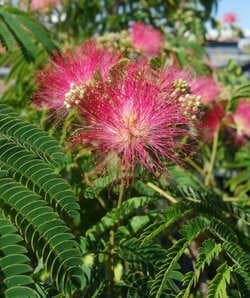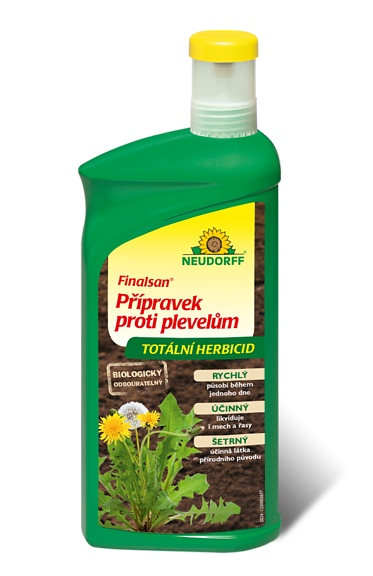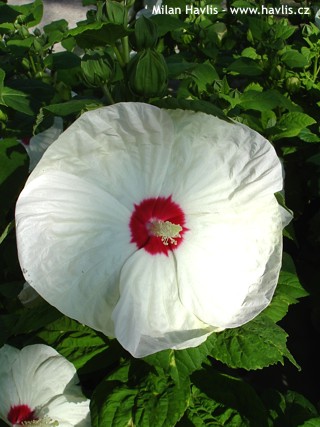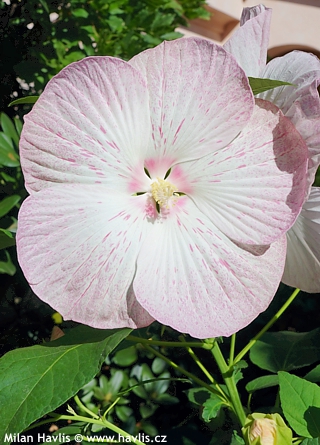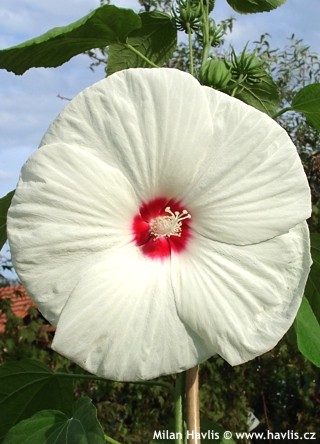
Hibiscus moscheutos 'OLD YELLA' swamp mallow, hardy hibiscus
Hibiscus
Swamp mallow and its hybrids have been sought after plants for the past few years now. They are perennials with sturdy stems that have large, tropically looking flowers. Old Yella is another variety bred by the Fleming brothers and Gretchen Zwetzig from Nebraska, USA, which resulted from a 40-year controlled breeding. Other successful varieties from the same breeding programme include Kopper King, Fireball, Plum Crazy, Robert Fleming, Fantasia, and Royal Gems. Most of them are crosses of hibiscus moscheutos and hibiscus coccineus, however, Old Yella has only hibiscus moscheutus in ancestry (cv. Bright Eye), still it boasts excellent hardiness.
Old Yella is a large-flowered hardy hibiscus from 1986. The flowers are creamy white, definitely not yellow as some manipulated internet photographs suggest, with a vibrant carmine red eye in the centre. They are huge, 23-25 cm across, and appear continuously from midsummer until the last sunny and warm days of early autumn. Deciduous leaves are shallowly lobed, mid green. Strong, sturdy stems are pale green, too, slightly over a meter tall. Patent No. PP13630 was issued in 2003.
The plant is dependent on regular water and feed supply. Use fertilizers with enough phosphorus for abundant flowering, or any other quick-release fertilizers where nitrogen is not predominant. Any fertilizing has to stop by end September.
For healthy growth and profuse flowering it needs a sunny location with a lot of moisture which can be achieved by good mulching. The soil has to be fertile and permeable, never let it dry out in summer. Hardy to about -34°C (USDA zone 4). Cut back the plant only a few centimetres above ground level in spring. Mulching is needed to keep the soil moist all year round.
Last update 04-06-2012; 03-12-2018












